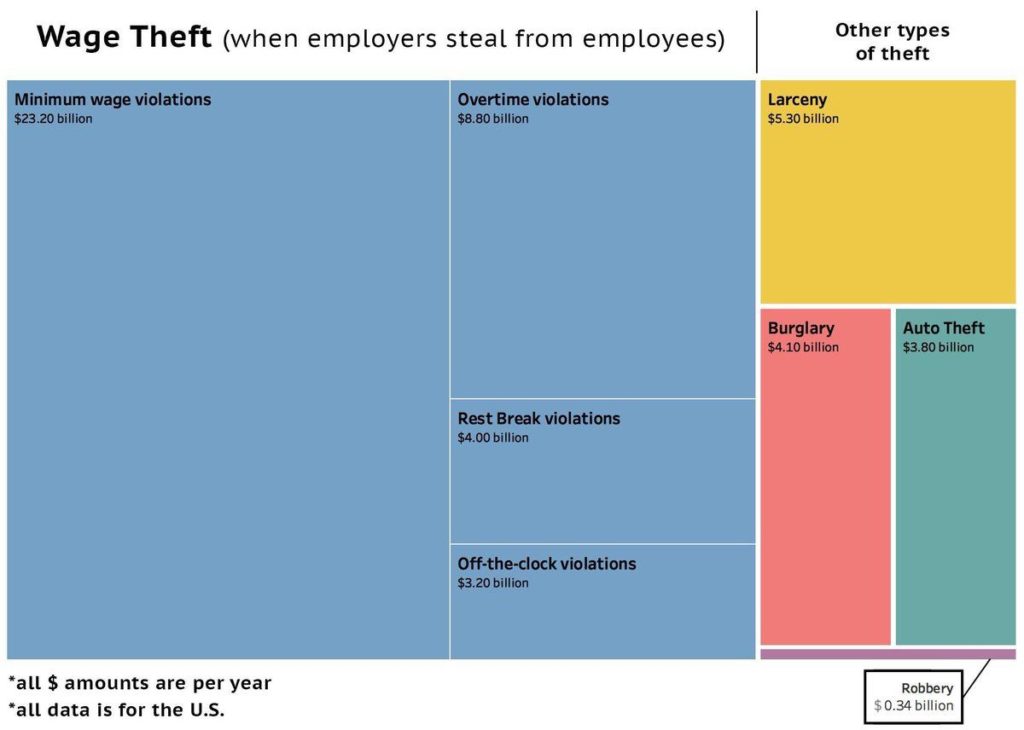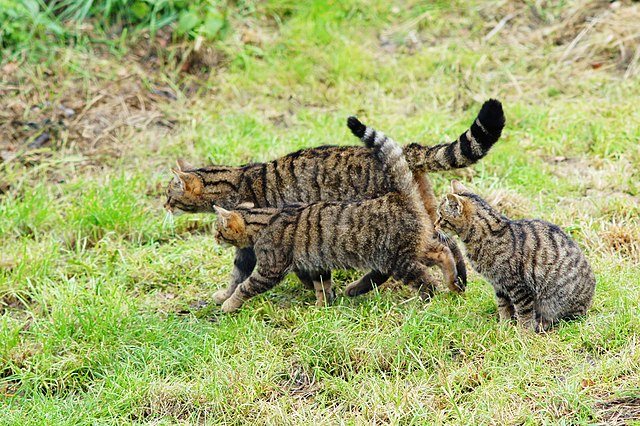So, as you may have heard, Bud Light’s new brand representative is a trans woman named Dylan Mulvaney. She’s apparently a big deal on TikTok, but I had honestly never heard of her until the conservative temper tantrum over this brand deal. If you’ve heard about this at all, it’s either because you drink Bud Light, or because you heard about people doing stuff like pouring out their beer, or shooting their beer with guns, or running over their beer with pickup trucks. It’s the most I’ve heard about Bud Light in years, which is the whole point.
You can tell conservatives really love capitalism, because every time a corporation makes a bid for free advertising, the wingnuts fall all over themselves in their rush to oblige. That being the case, I think it’s worth posting this old video from Hbomberguy that explains what’s happening, and why. Bud Light doesn’t give a shit about trans people, they just know that most USians aren’t extremist bigots, which means that this will bring in a lot of profit for relatively little advertising investment.




